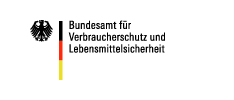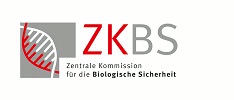Details zum Onkogen
| NOTCH4* | |
| INT3 | |
| Homo sapiens | |
| This gene encodes a member of the NOTCH family of proteins. Members of this Type I transmembrane protein family share structural characteristics including an extracellular domain consisting of multiple epidermal growth factor-like (EGF) repeats, and an intracellular domain consisting of multiple different domain types. Notch signaling is an evolutionarily conserved intercellular signaling pathway that regulates interactions between physically adjacent cells through binding of Notch family receptors to their cognate ligands. | |
| Onkogen | |
| Activation of expression of a recombinant NOTCH4 genomic DNA fragment in HC11 mouse mammary epithelial cells in vitro induces anchorage-independent growth in soft agar [1]. Transgenic mice were generated expressing NOTCH4 as an MMTV-LTR-driven transgene. Focal and often multiple poorly differentiated mammary and salivary adenocarcinomas appeared in the majority of transgenic mice between 2 and 7 months of age [2]. Subcutaneous injection of NOTCH4-transduced metastatic cell line (451Lu) into the right flank of C. B-17/IcrHanHsdArcPrkdcscid mice resulted in a delayed tumor onset of more than 4 days compared with the injection of empty vector control transduced cells [3]. Es ist nicht gezeigt, dass der Funktionsverlust des Gens zur Entstehung von Tumoren führt. | |
| [1] Robbins, J. et al., J Virol, 1992, 66 (4), 2594–2599. doi: 10.1128/jvi.66.4.2594-2599.1992. [2] Jhappan, C. et al., Genes Dev, 1992, 6 (3), 345–355. doi: 10.1101/gad.6.3.345. [3] Bonyadi Rad, E. et al., Cancer Res, 2016, 76 (7), 1690–1697. doi: 10.1158/0008-5472.CAN-15-1722. | |

